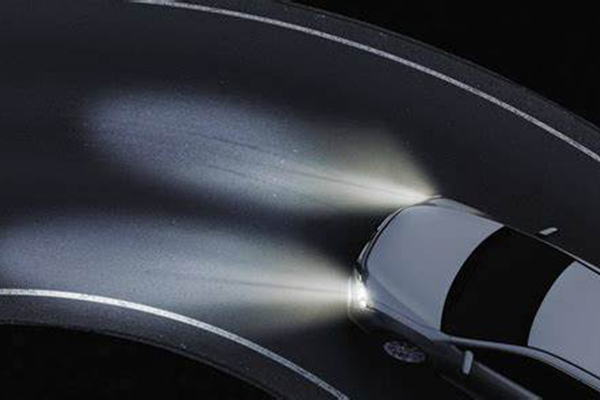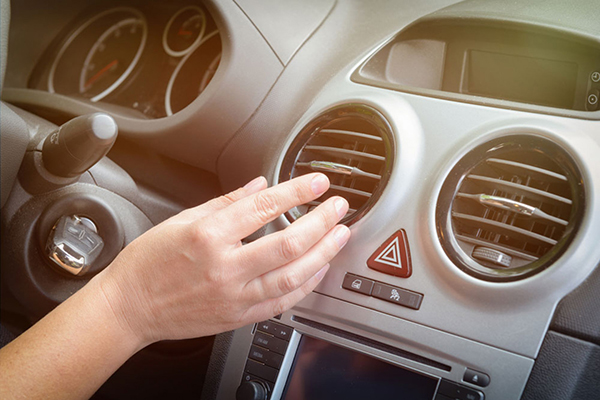As a rapidly developing high-speed railway network, China has been at the forefront of the transportation industry. The extensive high-speed rail network has brought about a convenient lifestyle for people, providing efficient and reliable transportation. Urban rail vehicles are crucial in transporting passengers, and ensuring their safe operation is paramount.
With increasing mileage and operating time, various components of railway vehicles, such as wear, aging, fatigue, and deformation, can impact the normal operation of urban rail transit.Hence, planned maintenance and inspections are vital for urban rail vehicles. Vibration detection has been recognized as an effective method for quality acceptance in the railway industry.
The primary requirement for vibration measurement and analysis is to establish a close connection between the vibration sensor and the object being tested, enabling the sensor to measure the vibration signals of the object accurately. The back-and-forth movement of an object relative to its equilibrium position is known as mechanical vibration.
Railway Dynamic Vibration Monitoring
Railway dynamic vibration measurement enables the continuous recording of locomotive operation, providing more comprehensive data than conventional static testing. It allows for targeted identification of damaged areas, facilitating timely repairs and reducing equipment downtime. Compared to vibration monitoring, current outdated testing tools such as hot bearing or traction device testers provide far less accurate results. Vibration monitoring can detect specific components and predict faults in advance, resulting in cost savings in maintenance expenses.
Advancements in IoT Sensor Technology
With the development of Internet of Things (IoT) sensor technology, digital interface sensors can enhance vibration monitoring efficiency in the railway track transportation industry. These sensors directly output digitized vibration data to backend computers after analog-to-digital conversion and filtering, reducing the need for high-frequency sampling equipment and minimizing potential noise from nearby high-power devices. Furthermore, digital signals can seamlessly integrate with the existing platforms in the railway industry. One recommended vibration sensor is the German Sensolute Micro Tilt Vibration Sensor – TVS0713.180.
TVS0713.180 Micro Tilt Vibration Sensor Description
The micro tilt vibration sensor records motion and vibration using its internally gold-plated microspheres. Due to its small size, the sensor is particularly suitable for very compact electronic devices. It is user-friendly, easy to integrate, and does not require signal conditioning.
As a surface-mount passive electronic component, the tilt and vibration sensor TVS0713.180 serves as a tilt direction detector. Its “wake-up” or “on/off” action depends on the sensor’s tilt direction. Being a fully passive device, the sensor does not require signal conditioning and operates at low currents, as low as 0.2 microamps. The surface-mount package allows it to replace accelerometers in many applications.
Advantages of TVS0713.180 Micro Tilt Vibration Sensor
- Intelligent Energy Efficiency: When the sensor detects no vibration or motion, it can switch to a power-saving mode after confirmation through delayed processing, enabling easy energy efficiency implementation.
- Wide Range of Applications: Thanks to its compact size, the sensor has a wide range of applications with virtually no limitations.
- Economical and Efficient: The patented manufacturing technology ensures consistent, high-quality production on printed circuit boards for mass applications.
- Environmentally Friendly: Unlike mercury switches, this sensor does not use or release toxic substances. It complies with RoHS and REACH standards and can provide halogen-free products.
- Application Scope: Vibration detection, flip detection, system wake-up, low power consumption, including but not limited to:
- Motion detection (e.g., GPS, bicycle lights, onboard devices)
- Power-saving handheld devices, wireless mice, toys, etc.
- Position measurement for steam irons and power tools
- Low-power wakeup systems, RFID systems, IoT devices
- Smart home systems, property monitoring, data loggers
- Anti-theft and tamper-proof systems, alarm systems, security systems
Specifications:
- Dimensions: 2.45mm * 2.85mm * 1.7mm
- Operating Temperature: -40°C to +85°C
- R_On < 100Ω, R_off > 30MΩ
- Sealed packaging with no noise from microsphere movement
- Fully automatic SMT assembly
- Gold-plated microspheres and surface contact points
- Response Threshold: Approximately 50 mg
- Compliance with RoHS and REACH standards
- Operating Voltage: 1.8-15V DC
Conclusion
Vibration sensors, such as the TVS0713.180 Micro Tilt Vibration Sensor, offer significant benefits for monitoring maintenance in railway track vehicles. The ability to detect vibrations accurately and efficiently allows for proactive maintenance, reducing equipment downtime and optimizing maintenance costs.
As IoT sensor technology advances, integrating digital interface sensors in the railway industry promises increased monitoring efficiency and compatibility with existing systems. With continuous advancements in vibration sensor technology, the railway sector can enhance the safety and reliability of urban rail transit, contributing to the overall development of transportation infrastructure.




